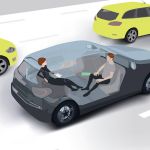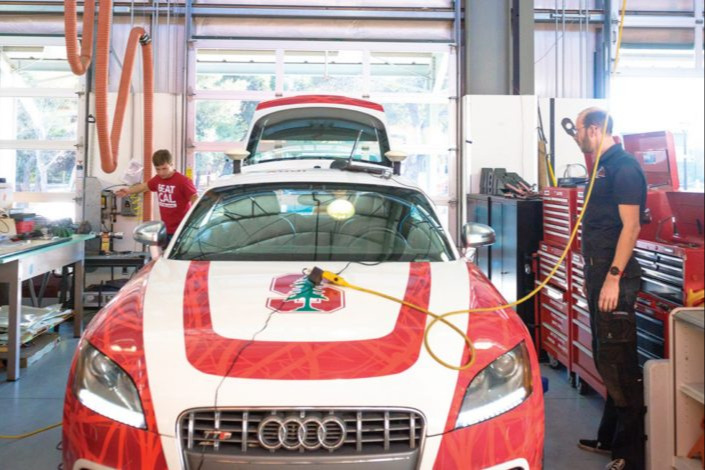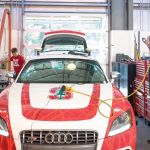Slowly rolling out onto city streets, self-driving cars are testing their driving chops in Silicon Valley, Helsinki, London and a few dozen other isolated locations around the globe – and the expectation is that their numbers will only swell.
With those eerily empty cars come questions about everything from traffic patterns (will we still need stop lights if cars can communicate?) to insurance (who pays for an autonomous car’s accident?).
And then there’s the question of safety.
“Computers don’t get drunk,” said Stephen Zoepf, executive director of the Center for Automotive Research at Stanford (CARS). “There are a sweeping group of accidents that will go away.” But we still don’t know the kinds of mistakes autonomous cars will make instead.
It’s these kinds of questions – and the mechanics, algorithms and policies that go with them – that need to be resolved before humans can completely kick their respective feet up on the dashboard and zone out.
Zoepf and Chris Gerdes, who directs both CARS and the Revs program at Stanford, have said we’re about 90 percent of the way to our driverless future. It’s the remaining 10 percent that teams of Stanford faculty and students from across engineering, psychology and law are working to address.



















